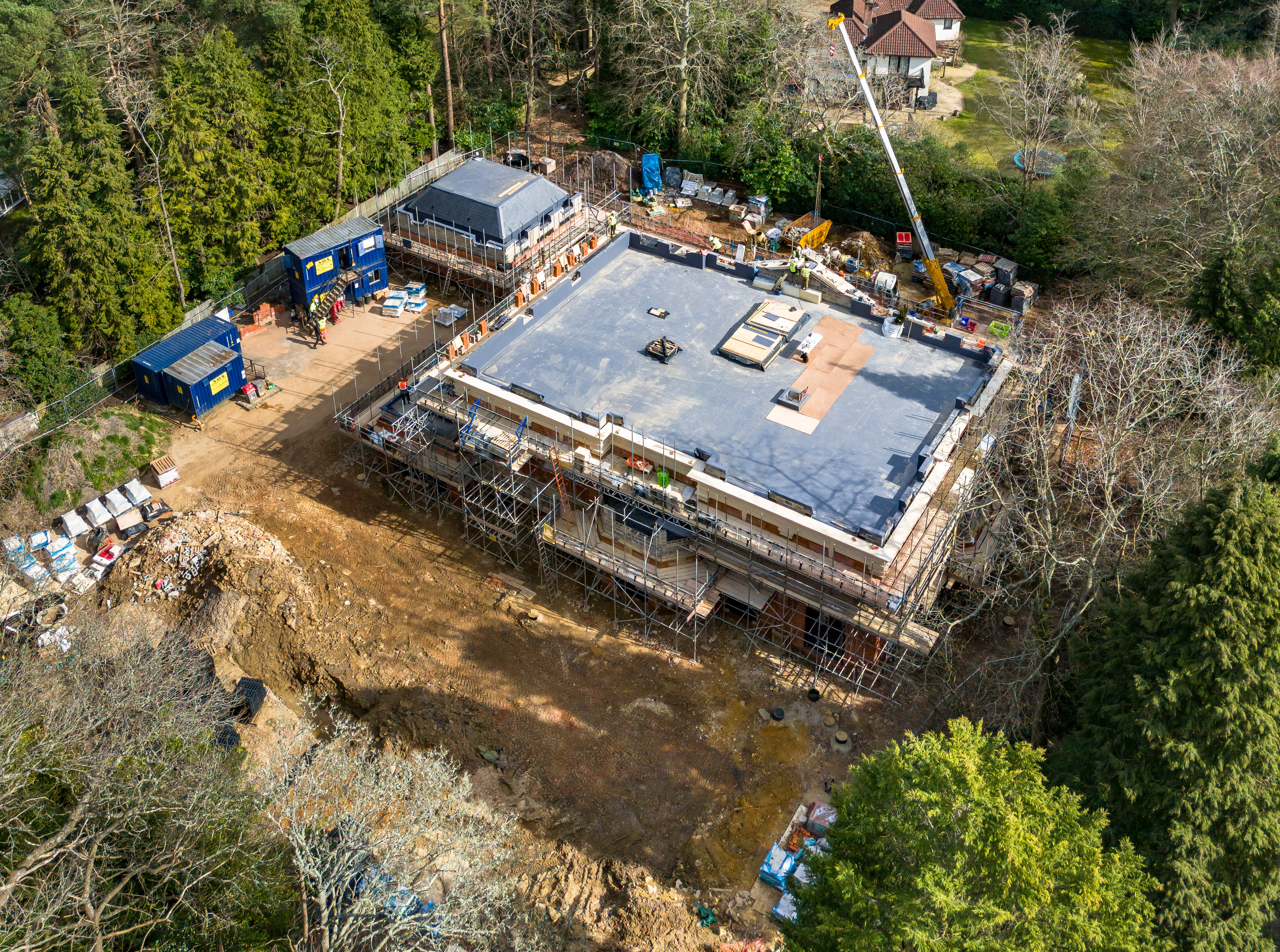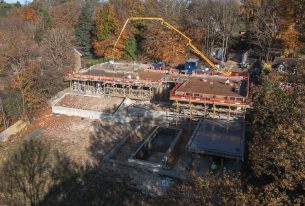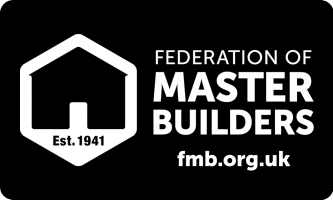


We’re seeing an increasing trend of post tender ‘value engineering’ requests requiring 25% or more in cost savings. Tender authorities are telling us that all the tender prices they receive (not just from us) are 30% more than they expected. At Hale, we pride ourselves on maximising value and maintaining lasting quality, but finding a 25-30% saving at the build stage demands significantly more than a practical building approach or specification tweaks! It essentially means going back to the drawing board. Changing scope, design details, specifications and pricing documents, and potentially going back to planning. All of which leads to significant delays.
To put things into perspective, of the tender requests we received over the 2023-2024 tax year, clients abandoned 20% of planned projects or put them on hold entirely following tender submissions. And we lost another 20% of estimated works through cost savings. That means only 60% of works we estimated went ahead, a much lower figure than any previous year.
Cost saving exercises aren’t new, we regularly see 10% variations in tender prices. But 30% difference is exceptional. From our experience, it takes between 2 and 5 years after a client receives initial design concepts before we get tender requests. We’re costing projects today which started out when inflation wasn’t a significant factor, unlike today where 20% is included in most budgets. Because of these rising prices, it’s more important than ever to keep abreast of project costs and managing client budget expectations, so a Quantity Surveyor is pivotal. It’s important for designers to take clients on a creative journey from their initial brief, but it’s equally important that clients’ budget expectations follow this journey so the quote isn’t a shock.
Budget v Time Conundrum
Not understanding the budget until after the tender stage can have hugely detrimental effects. We’re not the only ones witnessing projects being abandoned because of budgets. It’s frustrating for everyone involved and can dash clients’ dreams just as they’re about to break ground.
Revising and re-costing projects after the tender process demands a lot of work from everyone involved. Here’s a simple summary of the complexities:
Design team, QS and contractors go through the project plans together and create a ‘shopping list’ of potential ways to save money. It’s often practical versus aesthetic, with compromises along the way. Anything from fewer windows to a smaller basement will be up for debate.
– Contractors provide indicative/broad estimates of savings
– Client team agrees the ‘reduced’ shopping list in principle.
– Design team updates all the tender information (including all drawings and specialist subcontractor information).
– Contractors produce revised formal tender pricing.
– Client agrees and we all finalise contracts.
From our experience, to be done properly, this takes a minimum of three months and considerably more if the project needs to be resubmitted to planning. The process sucks up significant time and resources, not just from contractors and sub-contractors, but also with design teams. Time which clients are usually unwilling to pay for.
Any potential cost savings can be cancelled out if the project is resubmitted for planning approval. Further price rises during the planning process can completely defeat the purpose of the process and result in a client getting far less than they originally wanted, for the same price.
Preventing Budget Problems in the First Place
To avoid these lengthy and frustrating cost saving exercises post tender, it’s vital to engage specialist suppliers and cost consultants to produce realistic cost plans early on and for them to be regularly updated. Clients may question the value of this and will be eager to issue a tender, but they need to understand the delays and potential costs associated with issuing tenders which they subsequently don’t have the financial appetite for.
Here are some effective ways we’ve found for preventing financial surprises and maintaining a client’s vision:
Collaboration
Collaboration between architects, designers and quantity surveyors can address the budget challenge and better manage client expectations. Developing robust cost plans with cost consultants and quantity surveyors at the early stages of a project is essential. From their expertise and experience, they can more accurately account for potential market changes. This saves time for everyone involved.
Regular Reviews
It’s also critical to regularly review costs with all parties to give clients a clear and realistic understanding of the project’s financial implications. Again, this reduces the likelihood of lengthy and cost saving exercises later.
A Pared-down Tender Process
We also recommend a stripped back tender process to cost the project as a plastered shell with M&E. This saves time for the design team and clients, as well as the contractors, so tender requests can be issued earlier, and more accurate prices received quicker.
Although very time consuming to finalise every design detail and for the contractor to price accurately, finishes and FF&E budgets are relatively easy to define. Budget allocation for these items can then be fine-tuned depending on the costs of the tendered build (shell and M&E).
Awareness and Education
To produce the best customer experience and design brilliance (the true essence of value engineering), design teams must understand the cost implications of their decisions more deeply. By fostering this awareness, designers can be pragmatic about budgets, value engineering and collaboration. Only then can they better identify opportunities to optimise value for the client’s available budget and project without compromising the overall design intent.
In Conclusion
We shouldn’t be seeing so many luxury home projects being derailed by poor budget management, lengthy delays and frustrations. By better understanding costs and/or engaging cost consultants early and doing thorough due diligence on pricing, it’s possible to proactively manage client budgets and expectations. A revised tendering process can help avoid scary late-stage financial surprises.
As experienced fine builders, Hale understands the importance of protecting the client’s overall vision while making informed value recommendations. Our goal, as yours, is delivering an outstanding project that brings the client’s dreams to life within their financial parameters, in the most positive and effective way.









